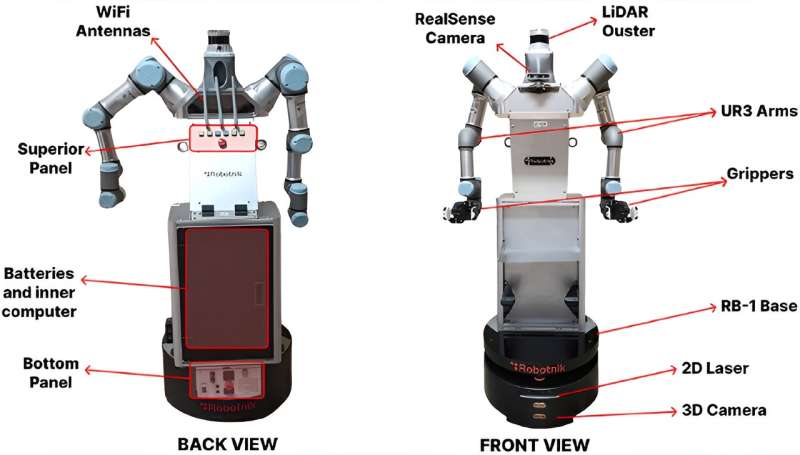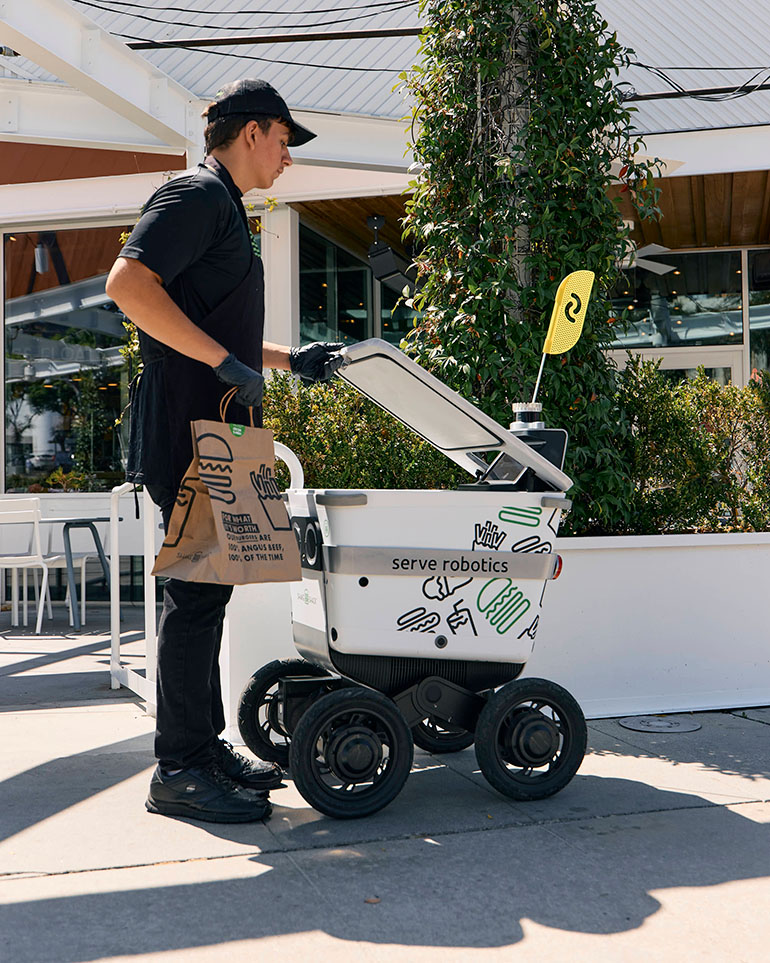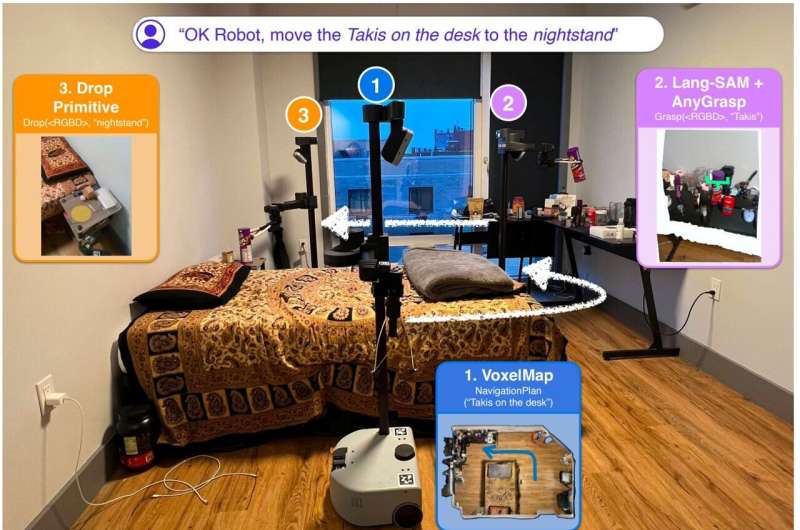As expanding elderly demographics confront age-related impediments to completing basic household tasks, an EU-developed robot may increasingly lend assistive hands.
Dubbed ADAM, the roughly 5-foot-tall machine combines advanced manipulation abilities with AI to safely perform chores like serving drinks, moving furniture, and tidying floors. While still early stage, researchers suggest such intuitive technology could someday grant older individuals extended independence within familiar home settings as physical or mental faculties decline.
Currently assisting seniors residing independently at home depends primarily on either visiting nurses or moving into specialized facilities once greater supervision is required. Yet studies show most prefer remaining in familiar surroundings when possible. Robots like ADAM offer a compromise - an extra set of capable “hands†for when one’s own no longer suffice.
Enhancing Mobility and Manipulation To Suit Real-World Environments
Engineers designed ADAM’s dual arms and sensor suite specifically for operating in typical living spaces. Arms bend and rotate to reach across counters, into cabinets, or down to the floor while avoiding nearby people. Grippers carefully adjust grasps to lift objects without dropping or breaking them.
Meanwhile, cameras and lasers map branching floorplans in 3D while recognizing furniture locations. This lets ADAM nimbly navigate room to room, through doorways, even backing “handing off†items between hands to slide past obstructions.
AI Allows ADAM to Continuously Learn and Improve
Importantly, ADAM doesn’t just blindly follow pre-programmed routines. Machine learning algorithms help ADAM adapt behaviours over time by identifying patterns in sensor perceptions matched against successful and failed task attempts.
As developers feed in more training data of ADAM trying various chores, it determines ever more reliable techniques choosing optimal motions while considering environmental dynamics. This allows efficiently assisting across a breadth of needs rather than just a few narrow pre-defined duties.
Helping Humans Help Themselves + Each Other
During early trials, researchers teamed ADAM with a second robot - Roswell - that established emotional connections with users via conversation and biometric feedback from health bands. Roswell would then dispatch ADAM to fulfill user requests like preparing meals if vital signs implied hunger.
The two-pronged approach kept users engaged while also meeting physical needs, playing to the strengths of both uniquely skilled robots. It exemplified complementary automation balancing independence with care.
While ADAM itself remains years from commercial availability, the prototype validates how special-purpose home robots could someday prevent countless seniors from requiring caregivers or moving into assisted living centers sooner than desired. It offers hope that one’s own abilities failing need not equate losing self-sufficiency if technologies can responsibly bridge gaps in humanity’s absence.


















